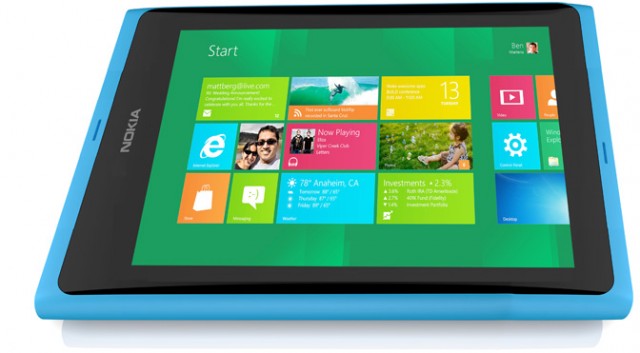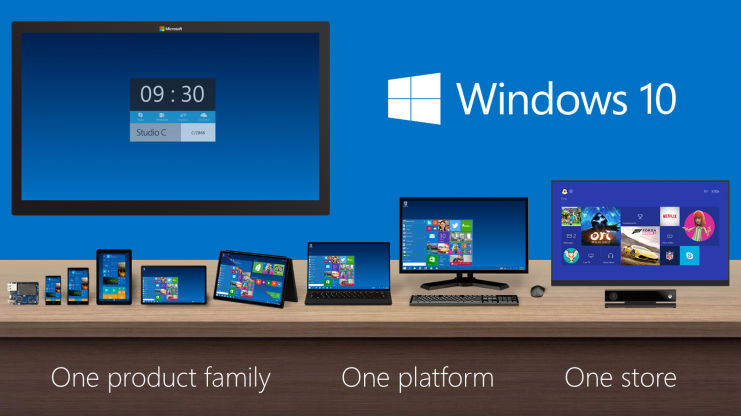WIndows 10 users, as well as Windows 8.1 users, should be familiar with the ability to access the desktop in the same way as you did on older versions of Windows. The traditional face of Windows PCs is set to appear on the newer of the two, seamlessly integrated between desktop PCs and mobile devices. However, Microsoft has recently announced limits on the inclusion of the desktop based on screen size.
When Windows 10 hits mobile it’s obvious that the desktop is simply too complicated and large scale to appear on smartphones, however some tablets have large enough screens to supports it. Microsoft has now stated that desktop will arrive with Windows 10 on tablets larger than 8 inches big. This does mean that anything below that screen size will be limited to the tiles display similar to what is now found on Windows Phone.
SEE ALSO: Facebook Lite Launched for 2G Social Networking
This also means that more complicated desktop applications will be limited to the larger screen devices capable of handling desktops. Applications for productivity such as the desktop version of Office and Photoshop will not be featured on smaller devices – there appears to be a fine definition between devices for work and play in this particular situation.
The lack of desktop is limited to devices which come with Windows 10 pre-loaded – some devices which will require an update that already include desktop but are below 8 inches may well receive desktop, as confirmed by Microsoft operating systems group corporate VP Joe Belfiore on Twitter. Simply put, existing tablets with desktops will keep their desktops.
Windows 10’s desktops are quite complicated. Multiple ‘virtual desktops’ can be used, added and edited, allowing users to have separate areas for productivity and entertainment. A long time ago on XP, some users had separate user accounts for gaming and work – virtual desktops allow this method of cutting down distractions to be much more seamless.
SEE ALSO: The Mouse-Box, a PC inside a Mouse
It’s not been confirmed whether Windows 10’s mobile form will include virtual desktops, or indeed any other features for organizing desktops included with the PC version – the preview version of Windows 10 mobile isn’t out until February. We’ll keep you updated on the features arriving on Windows 10 for mobile and PC, and we’ll keep you updated if they are all indeed the same between all platforms.
If you can;t wait for Windows 10 like we can’t, you can access the Windows 10 Preview Program below at the source link – it’s free and can be installed on desktops PCs for users to try out prior to the release. Windows 10 will also be free for the first year after release as an upgrade for users.
Try Windows 10: Microsoft.com
Via: Techspot


